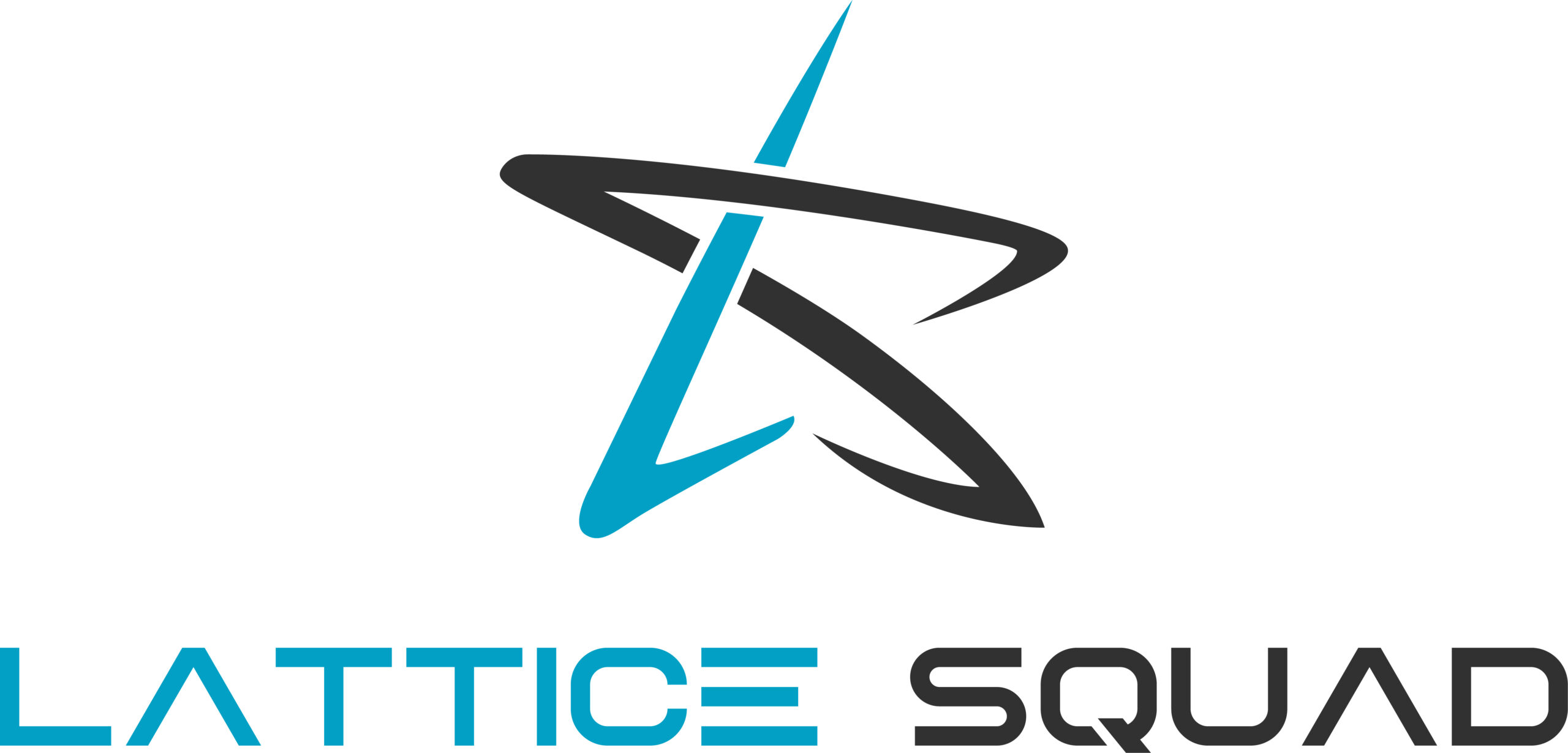Knowledge Articles are organized into data categories to enhance overall organization and visibility. Within each data category, subcategories can be established, forming a structured hierarchy. However, the default Out of the Box functionality provides Knowledge list views that lack the depth of this hierarchy. To address this limitation, you can utilize the Knowledge Hierarchy Viewer custom component, which is available on GitHub.
Knowledge Hierarchy Viewer (Custom Component)
How Lattice Squad Enhanced the Knowledge Hierarchy Viewer
The Hierarchy Viewer Component currently does not aggregate articles at the parent node level, requiring users to navigate subcategories for related articles. Our goal was to improve the functionality for a seamless browsing experience at both the parent and child node levels. When a child note contains subcategories (also known as ‘children’), Knowledge Articles will aggregate at that specific level. The enhancements can be found at this fork linked here.
Custom Component Before Change
Knowledge Articles are not aggregated at the Parent Node level. The Solar Installation and Maintenance data category is not showing all the Knowledge articles belonging to the Sub Categories.
Knowledge Articles are not aggregated at the Child Node level. The Inverters data category is not aggregating the articles belonging to sub-categories i.e Electric Inverters, Electric Inverters→ Modular Electric Inverters & Solar Inverters.
Custom Component After Change
Knowledge Articles are aggregated at the Parent Node Level
Custom Component After Change
Knowledge Articles aggregated at the child node level.
How Lattice Squad Works with Developers and Code Reviews
At Lattice Squad, we take a systematic approach to coding. After the developer completes coding and unit testing, we initiate peer reviews using GitHub pull requests, which serve as proposals to merge a set of changes from one branch into another. Once a pull request is opened, the developer can discuss and review the potential changes with collaborators, as well as add any follow-up commits before changes are merged into the base branch.
Conclusion: The Spirit of Open Source Development
Our client experienced significant benefits from utilizing the original Github custom component. Feedback highlighted an initial limitation in the component’s ability to aggregate child articles and their descendants. Using proficiency in custom code development, we were able to improve the functionality and share the contribution with the GitHub repository, aiming to extend these benefits to others.
Looking for custom code development? Reach out to us at [email protected]


